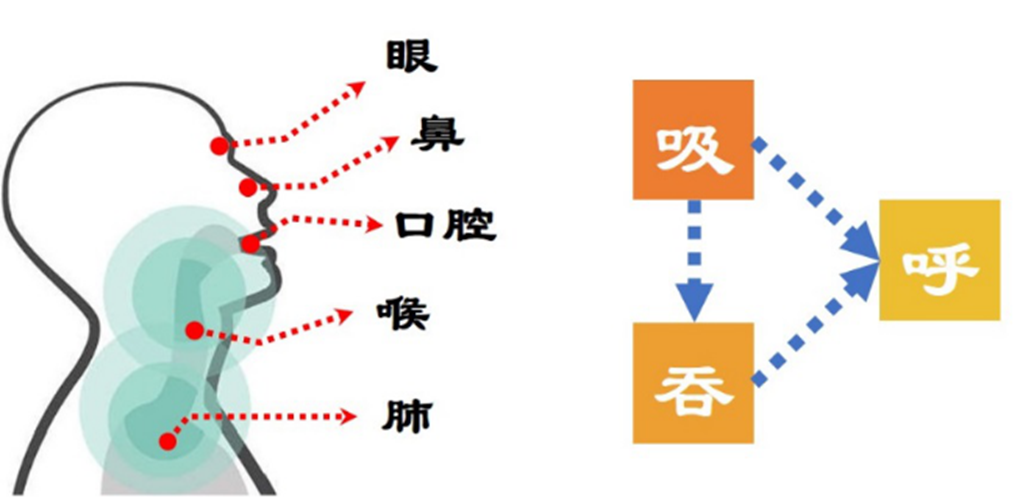Vape Flavor Evaluation Indicators and Classification: A Comprehensive Guide with vape Optimization
As the vaping industry continues to grow, consumers are placing increasing emphasis on the flavor experience of e-cigarettes. To help users better understand the flavor evaluation indicators and their classification, this article delves into the sensory organs involved in vaping, the evaluation process, the classification of evaluation indicators, and their relationship with atomization factors. aiming to provide high-quality information for vaping enthusiasts, industry professionals.
1. Sensory Organs and Process of Vape Flavor Evaluation
The process of evaluating vape flavor relies on five primary sensory organs: eyes, nose, mouth, throat, and lungs. These organs work together to help users perceive the flavor, aroma, and vapor characteristics of e-cigarettes. The evaluation process consists of three stages:
- Inhalation: Drawing vapor into the mouth to initially assess vapor density and temperature.
- Retention: Holding the vapor in the mouth and throat to further sense the aroma and throat hit.
- Exhalation: Releasing the vapor from the lungs to experience the aftertaste and smoothness.

2. Vape Flavor Evaluation Indicators and Classification
Vape flavor evaluation indicators can be divided into four main categories, comprising 18 specific metrics:
- Aroma Characteristics: Includes aroma intensity, complexity, and longevity.
- Throat Hit Characteristics: Such as throat hit intensity, vapor temperature, and nicotine sensation.
- Impurity Characteristics: Such as impurity concentration, burnt taste, and off-flavors.
- Visual Characteristics: Such as vapor volume, vapor smoothness, and vapor color.
These indicators collectively form a comprehensive evaluation system for vape flavor.

3. Relationship Between Evaluation Indicators and Sensory Organs
Combining the three stages of inhalation, retention, and exhalation, the 18 evaluation indicators correspond to the sensory organs as follows:
- Eyes: Observe vapor volume and color (visual characteristics).
- Nose: Perceive aroma intensity and complexity (aroma characteristics).
- Mouth: Feel vapor temperature and throat hit (throat hit characteristics).
- Throat: Experience nicotine sensation and impurity concentration (throat hit and impurity characteristics).
- Lungs: Judge vapor smoothness and aftertaste (visual and aroma characteristics).

4. Key Flavor Evaluation Indicators
Vape flavor evaluation indicators can be further categorized into the following four groups:
- Vapor Characteristics: Such as vapor volume and smoothness.
- Comfort Characteristics: Such as throat hit intensity and vapor temperature.
- Flavor Characteristics: Such as sweetness, coolness, and acidity.
- Aroma Style: Such as fruity, minty, or tobacco-like flavors.
These indicators are inspired by cigarette standards but require adjustments to align with the unique properties of e-cigarettes.

5. Atomization Factors Affecting Flavor Evaluation Indicators
Vape flavor evaluation indicators are influenced by various atomization factors, which can be grouped into five main categories:
- Structure: Design of the atomizer and airflow system.
- E-liquid: Nicotine concentration, PG/VG ratio, and flavoring agents.
- Ceramic: Material of the heating core and e-liquid wicking speed.
- Heating Element: Material and resistance of the heating coil.
- Battery Configuration: Output power and voltage stability.
6. Relationship Between Evaluation Indicators and Atomization Factors
1. Aroma Characteristics and Atomization Factors
- Signature Aroma: Power must be matched, and slightly higher atomization temperatures facilitate the release of flavorings.
- Aroma Intensity: Influenced by the concentration of flavorings and atomization efficiency.
2. Throat Hit Characteristics and Atomization Factors
- Throat Hit: Higher nicotine concentration, higher PG ratio, and higher vapor temperature enhance throat hit.
- Vapor Temperature: Affected by heating element power and airflow design.
3. Impurity Characteristics and Atomization Factors
- Burnt Taste: Caused by excessive atomization temperature or poor e-liquid wicking.
- Off-Flavors: Result from low-quality e-liquid or heating core materials.
4. Visual Characteristics and Atomization Factors
- Vapor Volume: Influenced by VG ratio and power output.
- Vapor Smoothness: Affected by heating core design and heating element consistency.


7. Common Issues in Vape Flavor Evaluation
- Faded Flavor: Loss or evaporation of flavorings during atomization.
- Imbalanced Aroma: Masking of primary flavors by other off-flavors.
- Weak Throat Hit: Low nicotine or PG concentration, or low vapor temperature.
- Burnt Taste: Excessive atomization temperature or poor e-liquid wicking.
- Reduced Vapor Volume: Rapid buildup of residue affecting atomization efficiency.

Discover more from Ameca-mall
Subscribe to get the latest posts sent to your email.


